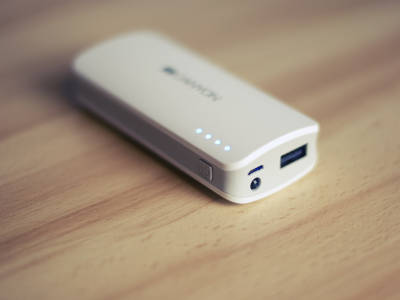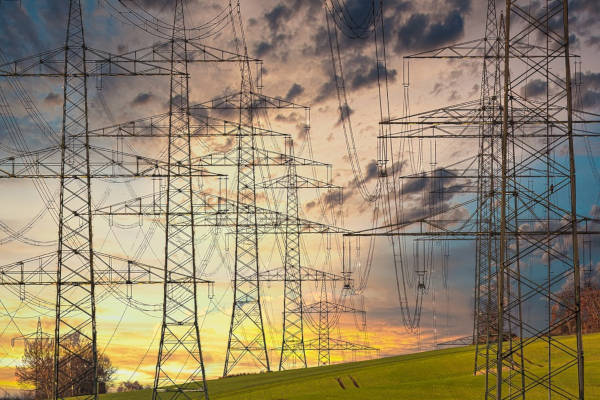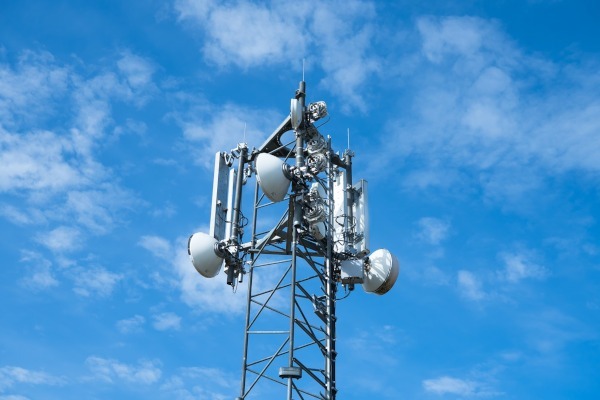Power Disruptors
Technology is driven and depends on a constant supply of electicity. When the power is out, technology is essentially out. Power outages commonly occur.
Several websites give real time power outage information including input from residents in the current affected area, namely Poweroutage.us and Poweroutage.report. Wireless Emergency Alerts sent out by the National Weather Service via smartphones, and NOAA Weather Radio over radio, alert users to natural disasters, including adverse weather events, which often produce power outages.
Another significant source of power outages and technology disruptors is space weather particularly in the form of solar storms:
“When storms in outer space occur near Earth or in Earth’s upper atmosphere, we call it space weather. Rather than the more commonly known weather within our atmosphere (rain, snow, heat, wind, etc.), space weather originates from the Sun. It comes in the form of solar storms and geomagnetic storms—which happen in the Earth’s upper atmosphere—caused by disturbances on the Sun.”
One of the biggest solar storms in recorded history was the Carrington Event, named after British scientist Richard Carrington, in September 1859 during solar cycle 10. The event was triggered by a gigantic solar flare which produced an historical geomagnetic storm.
Continuing for about five minutes, the event caused many telegraph stations outages on earth making transmitting or receiving dispatches unattainable.
How to Prepare When the Power Goes Out
Power surges can cause damage to electrical devices. Disconnecting appliances and electronics in a power outage to avoid damage from electrical surges is a good idea, especially when the power is turned back on. Otherwise a surge protector is an excellent idea for electrical surges.

Portable Power Bank
Store up on batteries, solar-powered battery chargers and keep a number of portable power banks around before the power goes out. This online guide for Best Portable 50,000mAh+ Chargers in 2020 is especially helpful in selecting a power bank that will keep your devices running for awhile.
Keeping mobile phones and electrical devices charged before the power goes out is essential- Anker’s Nano is a good choice. These types of solutions are primarily for temporary power outages.
A portable solar and electric/battery generator (which is safer than a gasoline or propane powered generator) can be used to power, for example, a laptop for hours. Even an uninteruptible power source (UPS) can maintain a device for many minutes or hours depending on the model and battery capacity. A UPS Battery Backup offers both surge protection and battery backup.
Besides electrical devices not working after a power outages, other issues will occur including food safety, safe drinking water, medications and extreme heat and cold. A useful resource for power outage survival can be found at Ready.gov.




